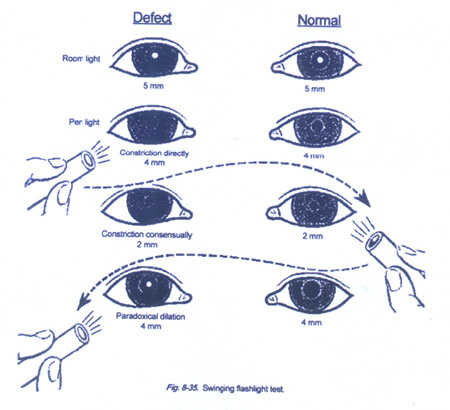

Coma, delirium and seizures occurred only with doses of 200 mg or more, and hypertension was more common with higher doses.īaclofen overdose causes mainly neurological effects and excepting hypertension cardiovascular effects were uncommon. A higher ICU admission rate, rate of mechanical ventilation and prolonged length of stay occurred in those ingesting 200 mg or more. There are different types of seizures, not all involve convulsions. The reported total ingested dose of baclofen was known in 19 patients (Mean 630 mg, SD 730 mg 80-2500 mg). During an epileptic seizure a person can have convulsions. Hypertension occurred in 13 patients and hypotension in one. The only arrhythmias were sinus bradycardia in six patients and sinus tachycardia in five. She is sweaty, breathing very shallowly, and has pinpoint pupils. A 19-year-old is complaining of general malaise and shortness of breath. Five patients had miosis and seven patients had dilated pupils, 13 patients had absent or depressed reflexes. Alert and oriented to person, place, and time Self-resolved lack of orientation to person, place and time Anxiety and restlessness Unresponsiveness to painful stimuli, 487. Seizures were reported in four cases, a decreased level of consciousness (GCS < 9) occurred in eight patients and delirium was recorded in eight patients. There were 23 presentations, of which eight patients ingested baclofen alone. Demographic, clinical and outcome variables were extracted for each presentation for a retrospective review, and the data sets were divided into high dose (> or = 200 mg) and low dose (< 200 mg) groups for comparison of clinical effects. Ingestion was corroborated on more than one occasion and from multiple sources. It may appear very similar to the anticholinergic toxidrome, but is distinguished by hyperactive bowel sounds and sweating.To describe the spectrum of toxicity of baclofen in overdose, and investigate dose-related clinical effects.Ĭonsecutive baclofen overdoses were identified from a prospective database of all poisoning admissions presenting to a regional toxicology service. Opioids, including oxycodone, heroin, and fentanyl, are commonly misused drugs that have the opposite effect, causing pupils to constrict (miosis). with opiate/narcotic abuse include altered mental status, pinpoint pupils, nausea/vomiting, hypotension, respiratory depression, seizures, and coma. An all-hazards approach affects preparedness by allowing communities: To quickly involve FEMA to assist with casualties resulting from a natural disaster. The bronchodilator salbutamol may also cause this toxidrome. Red or irritated eyes and skin, chocking, vomiting, convulsions or seizures, pinpoint pupils may be symptoms of what type of CBRNE exposure Chemical.

Substances that may cause this toxidrome include cocaine, amphetamine and compounds based upon amphetamine's structure such as ephedrine ( Ma Huang), methamphetamine, phenylpropanolamine and pseudoephedrine. They can also be called petit mal seizures. Complications include hypertension and tachycardia. An absence seizure causes you to blank out or stare into space for a few seconds. The symptoms of a sympathomimetic toxidrome include anxiety, delusions, diaphoresis, hyperreflexia, mydriasis, paranoia, piloerection and seizures. and seizure may occur in propoxyphene overdose, but small pupils not always. While most sedative-hypnotics are anticonvulsant, some such as GHB and methaqualone instead lower the seizure threshold, so can cause paradoxical seizures in overdose. DUMBELLS: Diarrhoea, Urination, Miosis (small pupils), Bradycardia. Substances that may cause it include anticonvulsants, barbiturates, benzodiazepines, gamma-Hydroxybutyric acid, Methaqualone and ethanol. The symptoms of sedative/hypnotic toxidrome include ataxia, blurred vision, coma, confusion, delirium, deterioration of central nervous system functions, diplopia, dysesthesias, hallucinations, nystagmus, paresthesias, sedation, slurred speech and stupor. The brain controls how the body moves by sending out small electrical signals through the nerves to the muscles. Substances that may cause this toxidrome are opioids. Complications include bradycardia, hypotension and hypothermia. The symptoms of an opiate toxidrome include the classic triad of coma, pinpoint pupils and respiratory depression as well as altered mental states, shock, pulmonary edema and unresponsiveness.


 0 kommentar(er)
0 kommentar(er)
